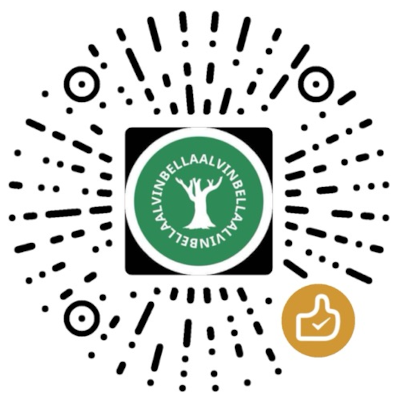Store

VirtualBox
0
Jan. 17, 2007
Overview
Oracle VM VirtualBox is a free, open source (GPL v3) virtualization software launched in 2007 that supports multiple operating systems running as virtual machines on Windows, macOS, Linux, and other hosts. It supports a variety of guests and is ideal for testing and development.
History and Development
Founded: Founded by InnoTek in 2007, acquired by Sun in 2008, and acquired by Oracle in 2010.
Important Milestones:
- 2007: VirtualBox OSE is released under the GPL v2 agreement.
- 2012: Version 4.2 uses the Open Watcom compiler (non-free).
- 2023: Version 7.0 adds virtual machine encryption and improves the GUI.
- 2024: Version 7.1.0 updates the UI and adds IPv6 NAT.
- 2025: Version 7.1.4 improves Arm support.
Status: Oracle maintained, source code from virtualbox.org.
Main Features
- Cross-platform: Host supports Windows, macOS, and Linux; Guest supports Windows, Linux, and macOS (partial support).
- Graphical User Interface: VirtualBox Manager for easy management of virtual machines.
- Command Line Interface (VBoxManage): Automation and headless control.
- Guest Extensions: Enhanced guest performance and graphics capabilities.
- Extension Pack: Proprietary USB 3.0, VRDE, and encryption.
- Remote Desktop (VRDE): RDP-based remote access.
- Snapshot: Save virtual machine state for rollback.
- Networking: NAT, bridged, and host-only modes.
- Video Capture: Record virtual machine sessions.
- SDK: API for integration.
Advantages and Limitations
Advantages
- Free open source base (GPL v3).
- Cross-platform support.
- User-friendly GUI, flexible CLI.
- Snapshots for security testing.
- Strong community and documentation.
Limitations
- Proprietary extension pack for commercial use.
- Slower performance than VMware.
- No support for x86 guests on Arm hosts.
- macOS guests limited to Apple hardware.
- Non-free BIOS compiler.
- No support for 3D acceleration for older Windows guests.
Summary
VirtualBox is a versatile virtualization tool that can run multiple operating systems. Its open source base, GUI, and snapshots enhance the development experience, but proprietary components and performance issues also present some disadvantages.




 Raspberry Pi Imager
Raspberry Pi Imager
 GParted
GParted
 Docker Desktop
Docker Desktop
 balenaEtcher
balenaEtcher
 UNetbootin
UNetbootin





